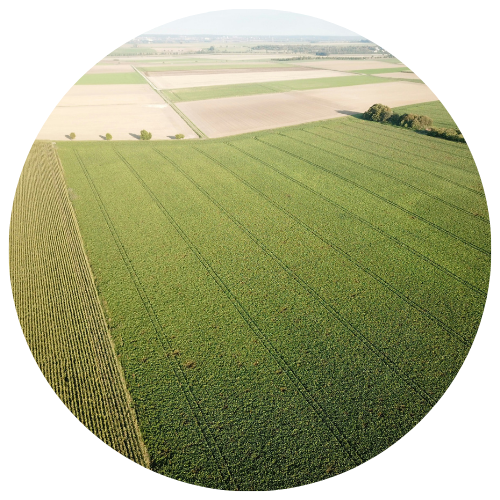
What is?
What socio-environmental factors have shaped current cropping systems in the Central and Eastern US?
Our first phase will mix historical data analysis, key informant interviews, and quantitative modeling of current cropping systems to ensure this project includes the diversity of crops, cropping systems, and communities involved in the agricultural sectors of each state.
What could be?
How will socio-environmental changes transform regional cropping systems over the next 40 years?
In phase two, we will use quantitative models to project how agricultural landscapes are likely to change over the next 30-40 years in response to climate change projections in each region. We will then turn to farmers and other agricultural stakeholders to help us understand how technology, policies, and markets are likely to change in the future—and how this would affect the cultivation of major crops in each state.


What should be?
What future cropping systems are most desirable to diverse stakeholders?
Updated regional projections, co-produced with community partners, will show probable future cropscapes based on climate projections, historical trends, and stakeholders’ insight. But will these projections be the ones that community partners desire? In the third phase of the project, our team will reconvene stakeholder groups in each state to discuss the implications of probable futures for their farms and communities—and to share their visions for desirable futures in their region.
Towards a renewed ‘what is.’
What changes are required to create transition pathways toward more desirable agriculture futures?
In the final year of the project, we will bring together community partners to collaboratively generate concrete and regionally relevant strategies to support transformative agricultural adaptation to climate change in each state. This event will culminate in reports for each state describing (1) our co-produced projections of the challenges and opportunities changing climate will present for cropping systems in each state, (2) visions of what thriving future cropscapes would look like for diverse groups and (3) the concrete technical, political, and economic changes that could move each state’s cropping systems towards thriving future cropscapes.




